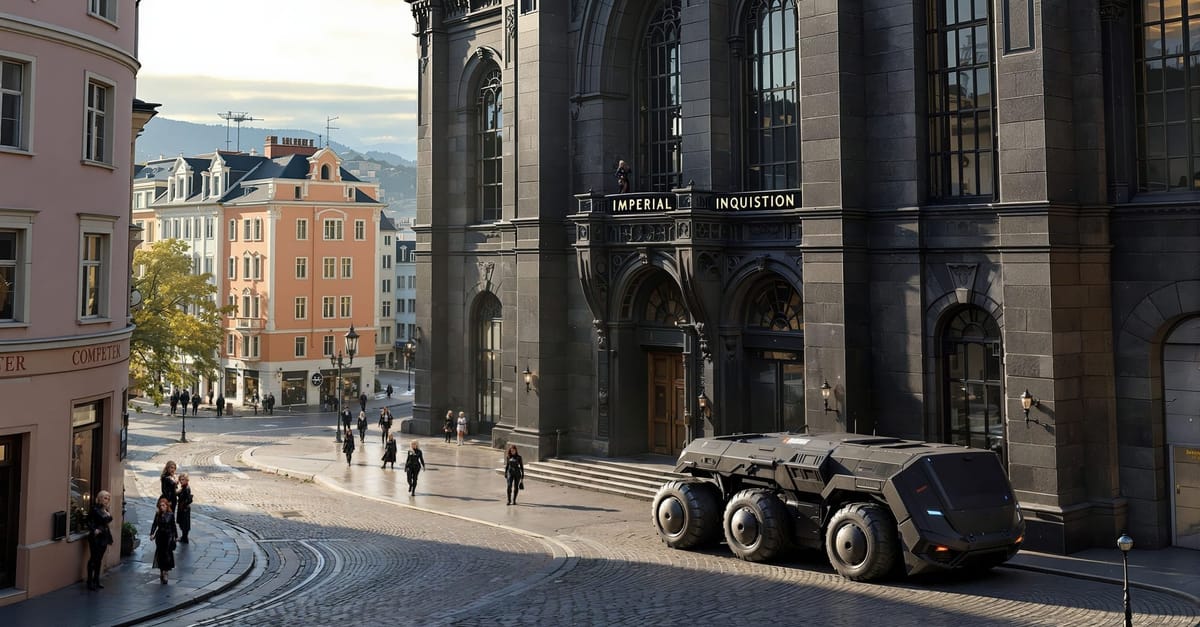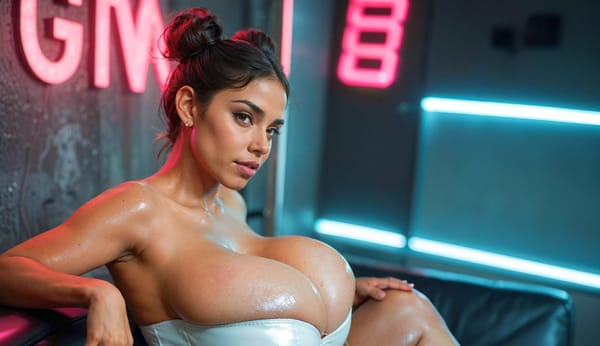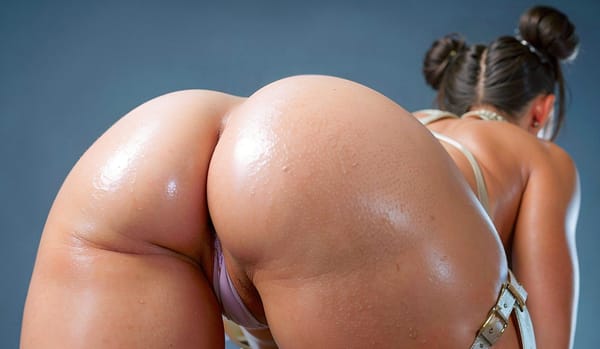The Style and Look of Imperial Norway
A crash course on the art and visual style of Imperial Norway

I have been very lucky in getting fans who want to participate in building my world. Some of you are new and other have been around since the start. Either way my thoughts have expanded a lot over the two years I worked on Imperial Norway and I don't expect everyone to keep up to date on every idea I have. It is easy to forget when you live and breath this yourself every day.
So anyway this is a kind of crash course to those interested in the Art, Style and Look of Imperial Norway. Like what is my artistic idea?







Dystopian Scandinavian Futurism and Blade Runner meets European Art Nouveau architectural style
I think it is very important to clarify what Imperial Norway 2053 is not. We tend to have a lot of particular ideas based on Hollywood or Japanese Anime series. These works tend to present dystopian worlds without nature. People living in overcrowded metropolis. Enormous skyscrapers everywhere.
But as a Norwegian I want my works to reflect more my heritage and cultural traditions. Swedish science fiction artist Simon Stålenhag Nordic retro-futurism is more of what I am looking for in my work.

But I will not claim he is my main inspiration. Italian erotica artist Paolo Eleuteri Serpieri is by far my biggest inspiration. Specifically his Druuna graphic novels.

But American Science fiction such as Blade Runner and Neuromancer by William Gibson has been huge influences.
Anyway to get back to my main point. When thinking Imperial Norway don't think endless urban areas where nature is a rarity. My 2053 future is not a world of overcrowding and collapsed eco systems. Imperial Norway itself blends green forests, mountains, fjords and quaint Norwegian towns with black megastructures such as the Imperial Towers.
You can see this idea in my images below. Like Simon Stålenhag I am putting my creations in the middle of Scandinavian landscape, or more specifically a Norwegian one, with it characteristic mountains and fjords.





Imperial Towers dotted around the Norwegian landscape. Many working as docking stations for airships and military flak towers for defense.
But of course not all of Norway is fjords and mountains. Oslo is a sizable city. One of the things I enjoy in modern day Oslo is that it is a city with such variation in architecture. You can find a large medieval fortress in Oslo, Akershusfestning, as well as Art Deco style in the Vika area or more Art Nouvea in the Frogner area. While Barcode is a hypermodern glass and steel kind of place. Then you have the old 1800s industrial buildings along the river and waterfalls running through the city which has been converted to kind of hipster places.
I wanted to bring that idea with me in Imperial Norway. The past is never gone. A new regime will never entirely erase the past. So while it has built the new enormous Imperial Tower megastructures, the old Oslo is still there and I let that be represented by a mix of Art Nouveau style as found here:





Art Nouveau style of Imperial Oslo
But these are of course downtown areas. What does the villa areas or more suburban areas look like? Here I have chose to let the Norwegian Swiss Chalet, or Dragon Style dominate.




Norwegian Swiss Chalet styled houses. Characterized by elaborate wood carvings.
Interior design will be a mix of more continental European Art Nouveau style, but in a rather elaborate colorful style and traditional Norwegian style focused on light colors and wood.


Soria Moria house of pleasures with Alvdis on the left and Idun and Vieregg's kitchen on the right
Of course this is the future, so it is also a place with hyper modern offices and research labs. The interior of Vieregg Industries gives a better sense of this world.




The offices and research labs of Vieregg Industries
This is Imperial Norway broadly speaking. You can think of it as a retro-futuristic dystopia. Not Dystopia in the sense that the world has collapsed but in that some countries like Imperial Norway and Neo Dixie are messed up places. People living outside these countries are actually quite well off. Think our world but with a steady economic growth up to 2053.




